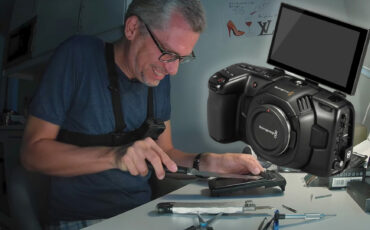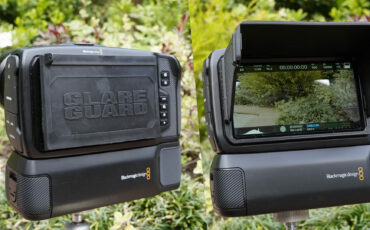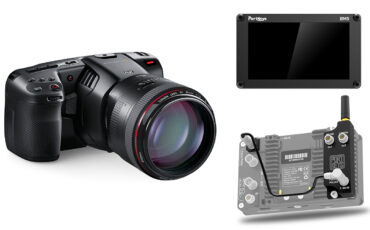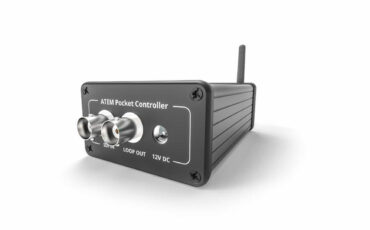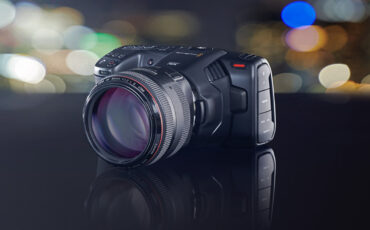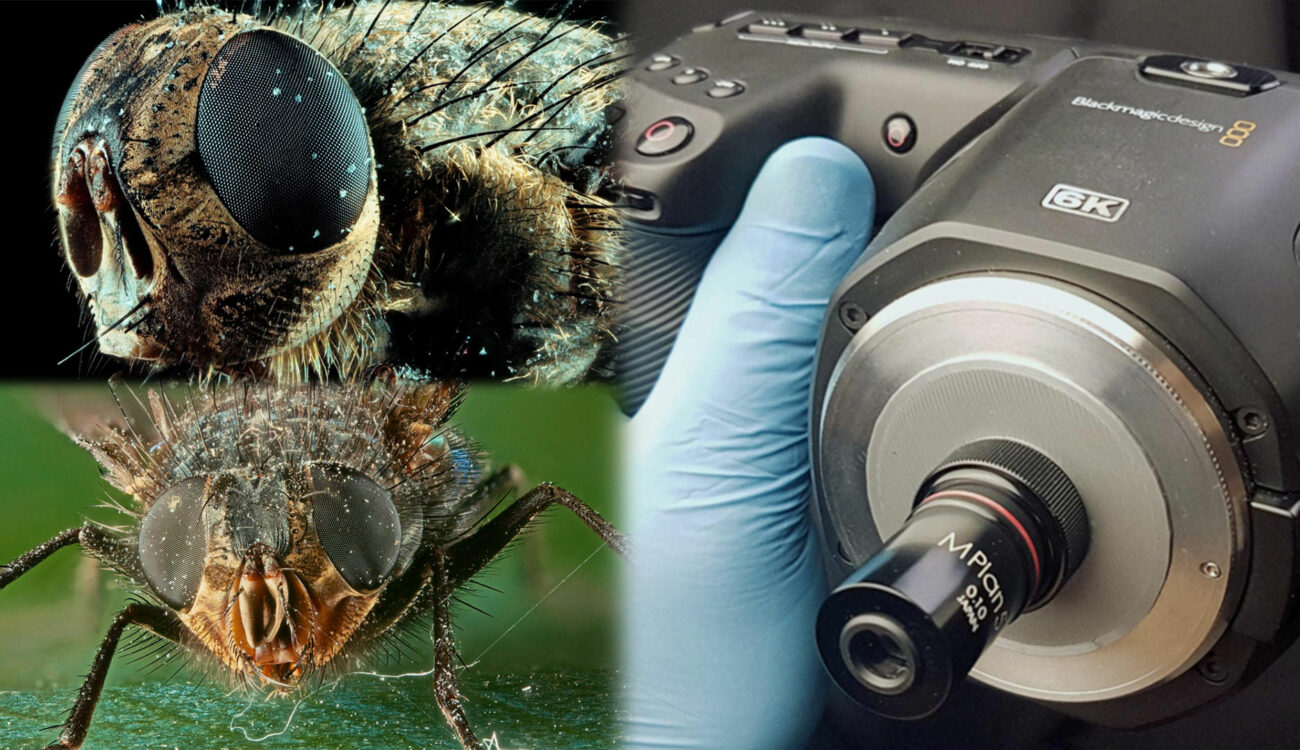
If you’re a fan of DIY projects and modifications, director of photography Daniel Schweinert recently released an interesting tutorial to adapt microscope lenses on the Blackmagic Pocket Cinema Camera 6K. Let’s take a closer look at this affordable trick that allows you to capture 8 times macro shots!
The Blackmagic Pocket Cinema Camera 6K is out for quite some time now. With the BMPCC 6K Pro that was released a couple of weeks ago, we have tiny doubts that it’ll get even more popular amongst independent filmmakers.
The BMPCC 6K Pro corrects many of the small things over its predecessor that my colleague Gunther disassembled to mount the Tilta display modification. It’s not a secret, we’re a bit of “camera nerds” at CineD, and we always love to try new things, especially DIY projects.
This article is also about a DIY project for independent filmmakers that would like to capture impressive macro footage without buying/renting the incredible (and totally worth it) Laowa 24mm F/14 probe lens that we reviewed here.
Anamorfake It Until You Make It
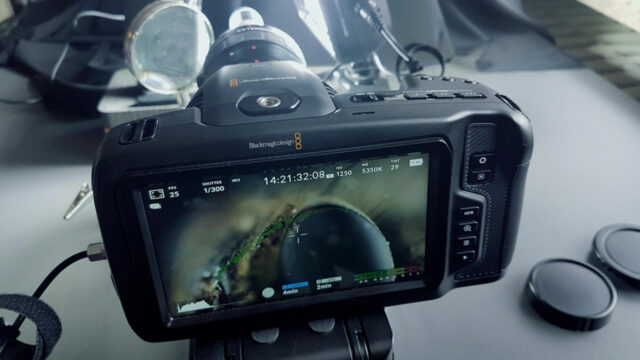
Adapting Microscope Lenses to the BMPCC 6K
Daniel Schweinert is a German director of photography that recently released an interesting tutorial on adapting microscope lenses on the BMPCC 6K. Please note that this tutorial could potentially cover other cinema/DSLR/Mirrorless cameras with a Canon EF mount with a Super 35 sensor.
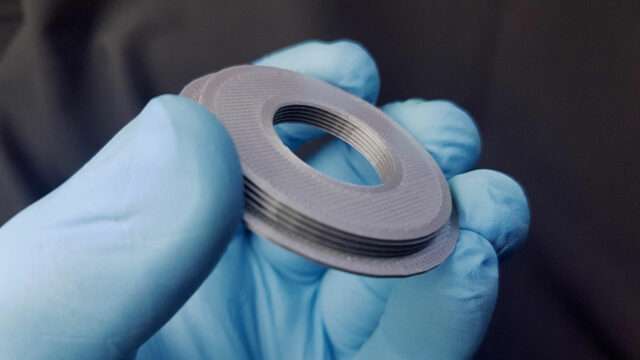
Most older microscope objectives feature an RMS lens mount, wheres newer model have M25-M39 lens mounts. You can get RMS lenses at a very good price, starting at around $10.
Daniel’s project starts with a 3D-printed RMS to M42 lens mount adapter. Then, this adapter will be mounted onto another M42 to Canon EF adapter. To make things even simpler, you can download the 3D model to print, for free, just here.
Please note that you can also purchase this RMS to M42 adapter online.
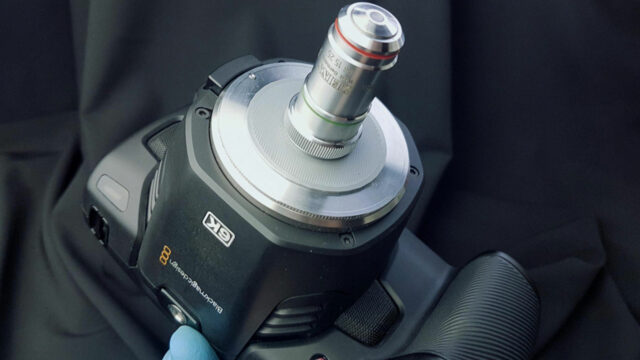
Daniel started to play with vintage Lomo 8x microscope lenses that worked best for him. Unfortunately, it did give him a lot of vignetting.
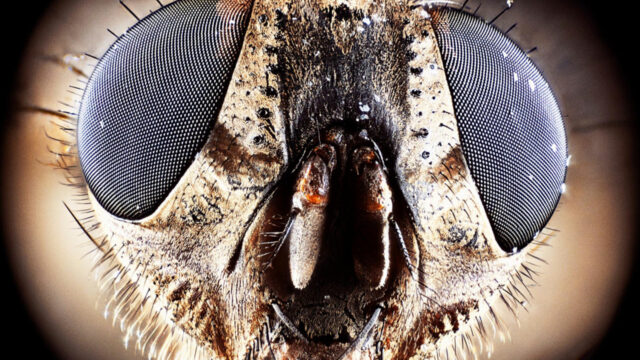
Getting Rid of Vignetting
As Daniel describes it:
I soon realized that without extension tubes, I got less than 8x magnification and some vignetting. After reading several online documents, I knew that I would have to increase the distance from camera to microscope lens to about 160mm to get that 8x magnification from the Lomo 8x and eliminate the vignetting.
I started with the thin extension tubes from the microscope accessories themselves and got a good magnification to work with. After that, I added my Kenko/Canon EF extension tubes, and the whole length was about 160mm. You can play with that length depending on what magnification you need. And don’t forget you need a lot of light! This was just a quick test setup on my desk to see if it works, and it did!
Daniel Schweinert
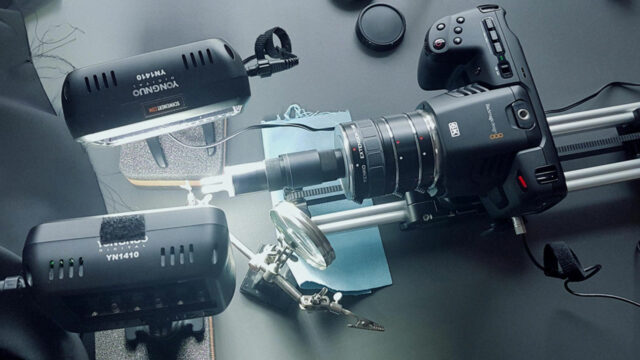
Daniel added as many Canon EF extension tubes that he had, and it turned out great as you can see below!

Of course, with so many steps between the lens and the camera, you’ll need a fair amount of light to expose your footage correctly. Also, Daniel mentions that:
The camera itself is mounted on an old Edelkrone slider with a motion module. I recorded short 4K ProRes422HQ clips and used them for focus stacking directly in Helicon Focus. For this fly, I used an average of 160 frames.
The slider was not meant for these extreme macro shots. Therefore, I had to increase the shutter speed to 1/300 to avoid the motion blur from the shakiness. This way, I get crystal clear frames that work perfectly in helicon focus.
Daniel Schweinert
This is a really interesting build that you can try and experiment with for yourself. We love seeing creative ways to use/adapt old equipment to create great-looking footage like these.
For more information about using microscope lenses with the BMPCC 6K, please visit Daniel Schweinert’s blog here.
What do you think about this DIY project? Did you already modify lenses/vintage equipment for your modern rig? Don’t hesitate to let us know and share with us your DIY hacks/projects!



